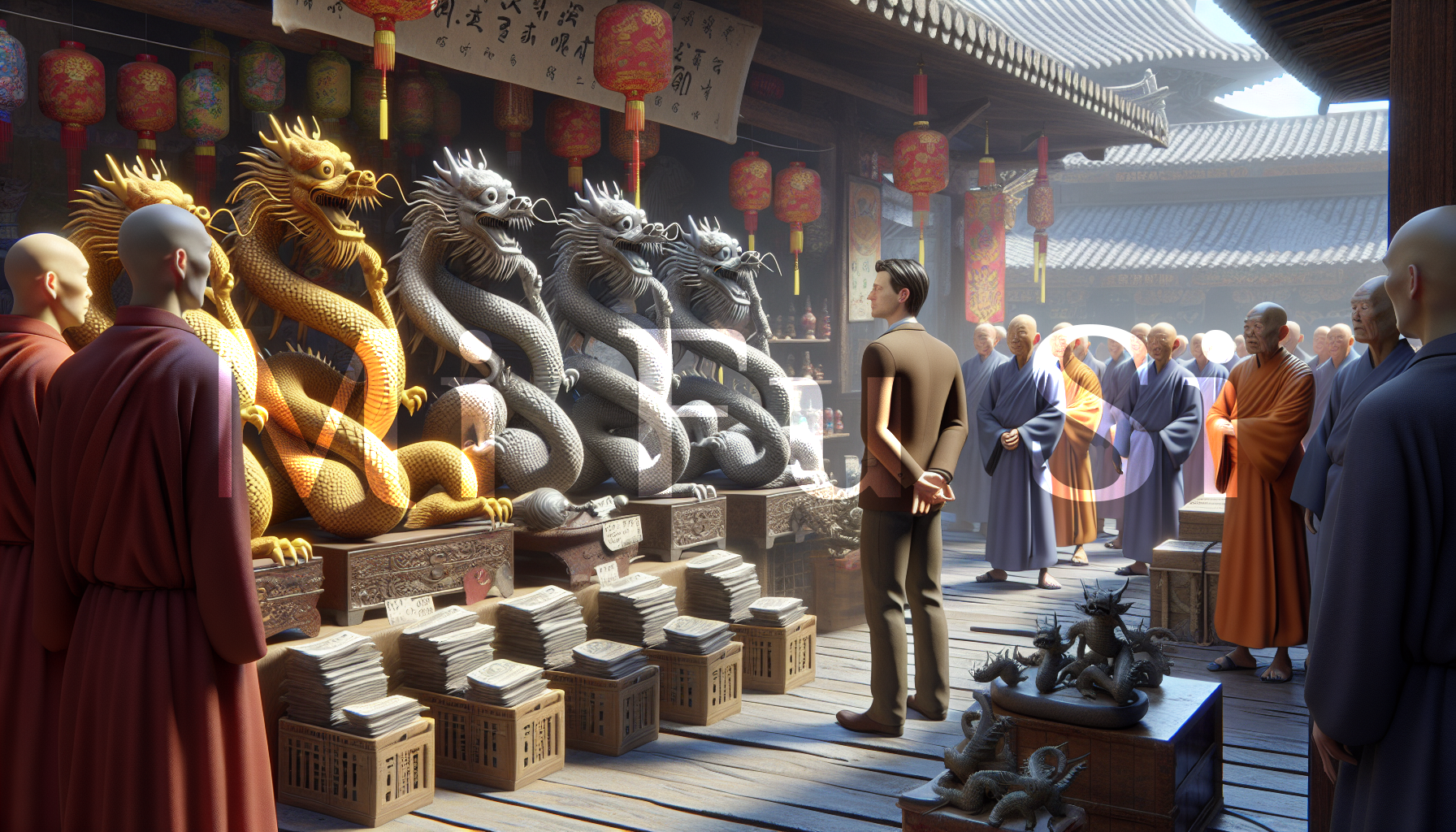Irony in Dragon Empowerment Rituals
(Khai quang điểm nhãn 999 con rồng Thăng long! by Ảo Ảnh on Fri Oct 01, 2010 2:41 pm, translated by Dian, Edited by Xiaobaiyun.)
Bad religious practices, originating from unknown sources, continue to prevail in our modern era. One such example is the tradition of distributing sacred or blessed charms, as seen in the custom of Tibetan lamas. These lamas often wrap white scarves around the necks of visitors and even television reporters who come to interview them, symbolizing their blessings.
However, from a religious standpoint, the scarf holds significance as a mystical charm or sacred object, traditionally reserved for Tibetan Buddhist disciples or those aspiring to become one. Visitors from other religious backgrounds or atheists, who may not subscribe to these beliefs, do not necessarily seek or require such blessings. When a lama indiscriminately bestows these scarves upon individuals, it can be perceived as lacking empathy or as a display of presumed power to confer blessings upon all.
While the act of giving scarves may seem like a gesture of blessing, yet it pales in comparison to certain Buddhist magical rituals like “Order the god to empower the statue” and “open the eyes to let the light in,” which involve reciting mantras and magic formulas into statues of Buddha made of clay, bronze, or paper to imbue them with life and sanctity.
Recently, Buddhist monks held a solemn ceremony to illuminate and open the eyes of 999 dragons, specially crafted for the 1000th anniversary of the capital city. This event stirred controversy among internet users, who questioned why the dragon gifted to General Vo Nguyen Giap on his 100th birthday did not undergo the “opening the eyes and bestowing life” ritual, unlike the one presented to the Italian Ambassador. Consequently, speculation emerged that General Vo Nguyen Giap’s dragon was deliberately left “blind,” prompting ominous interpretations and concerns.
I believe such ceremonies, conducted by the monks, are ill-conceived. Why perform rituals like “opening the eyes and bestowing life for objects intended for sale or gifting? It blurs the lines between secular and religious principles, leaving them unable to offer a justifiable explanation when criticized for this practice.
Moreover, presenting a dragon with “opened” eyes to the Italian Ambassador poses another dilemma. If the Ambassador is a Christian, as the majority of Italians are, he might feel uncomfortable keeping the dragon in his home as a souvenir. Christians typically adhere strictly to their beliefs and may view objects empowered through Buddhist rituals as incompatible with their faith, considering them false or even evil.
Additionally, selling the remaining sacred dragons at auction presents challenges for potential buyers. Atheists and individuals of other faiths may prefer to purchase artistic or antique items rather than objects believed to be enchanted or sacred.
Perhaps it was believed that praying over the dragons would enhance their value at auction, but this approach may not appeal to all potential buyers.
Let’s not get it twisted; I’m not against selling souvenirs. I’m just pointing out the absurdity of “empowering” them. Who needs a souvenir with superpowers anyway? I mean, wouldn’t a regular old souvenir do just fine?
No matter how solemn the ceremonies may seem, they’re not fooling anyone. Seriously, who actually believes that a mere mortal can grant sight to a Buddha statue? Are we supposed to think that the Buddha is sitting there in the dark, waiting for monks to come along and flip the light switch? It’s a bit arrogant and patronizing, don’t you think?
Moreover, do the monks really believe that by performing purification rituals and “opening the eyes and bestowing life” ceremonies for these 999 dragon figurines, they’ll magically spring to life, with hearts, light, and vision just like real dragons? It’s hard to wrap your head around, isn’t it? Let’s be real here—this ceremony is nothing but pure nonsense, born from the delusions or extreme vanity of priests who always claim to possess superior talents, wield mystical powers, and dazzle the public with their false displays. It’s the same old trickery we’ve seen throughout history, reminiscent of the charlatans and snake oil salesmen of the past who made a living by putting on a show and peddling fake cures to the gullible masses.
The behavior of putting spells on everyday objects to turn them into talismans or selling them, as well as the practice of indiscriminately bestowing blessings, stems from the excessive praise often heaped upon priests and monks. Unfortunately, such practices are just a drop in the bucket of many other ludicrous Buddhist rituals that only serve to invite satire and ridicule.
In conclusion, these ceremonies often revolve around providing tangible symbols for less spiritually mature followers, offering them concrete objects to revere and worship, regardless of their appearance and the material form they take—be it stone, jade, gold, or any other substance. However, as one’s understanding of religion deepens, it becomes evident that these statues are merely representations of deeper spiritual principles, and true enlightenment comes from grasping this deeper truth rather than fixating on external symbols..
Ảo Ảnh
revised 3/1/24
Related Post
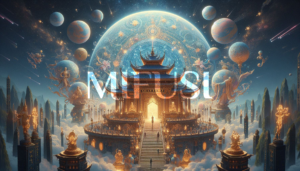
Dragon Flower Prophecies
Dragon Flower Prophecies Những tiên tri liên quan đến hội Long hoa; by NamSơn on Sat Jan 31, 2009 3:20...

Law of fairness in mysticism
Law of fairness in mysticism (Nguyên tắc công bằng by như-ý on Thu Feb 25, 2010 4:29 pm, translated by...
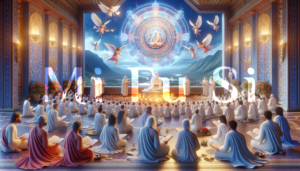
Pros and cons of Old Guru Secret Teaching
Pros and cons of Old Guru Secret Teaching (Lý luận về Mật tông Thiên Đình by Mộc Trúc on Fri...
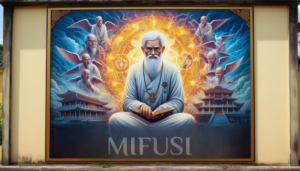
Story 11 – A mysterious illness
Story 11 - A mysterious illness Câu chuyện số 11 - Bệnh Vô Hình by ThầyGià on 12 November 2008,...

Divine Disclosures of Master Duc Quy’s past life
Divine Disclosures of Master Duc Quy's past life by Lĩnhnam on Sat Jun 13, 2009 2:47 pm; translated by Dianichi, edited...
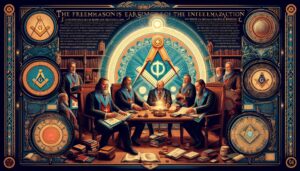
Insight on Freemasonry
Insight on Freemasonry An Insight on Freemasonry by Dianichi - translated from Vietnamese by Horangi The Freemasons, often perceived as...

A Violin Performance by Divine Force
A Violin Performance by Divine Force LÀM ĐẠO VỚI CÂY ĐÀN VIOLIN posted by viendung on 07 Apr 2017, 12:04,...
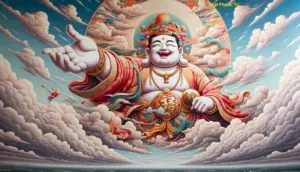
Good luck Yantra
Good luck Yantra All of these yantras have magic powers and can only be used by those who have been...
